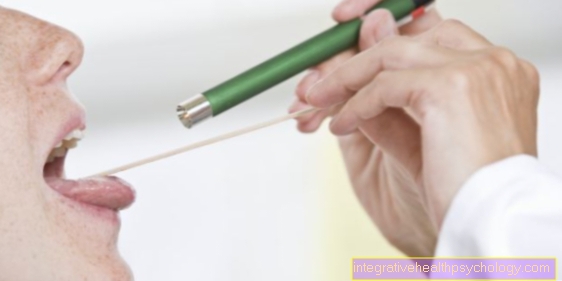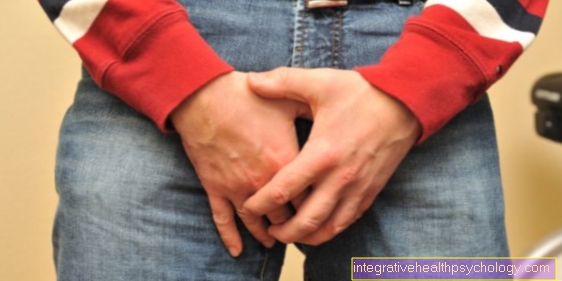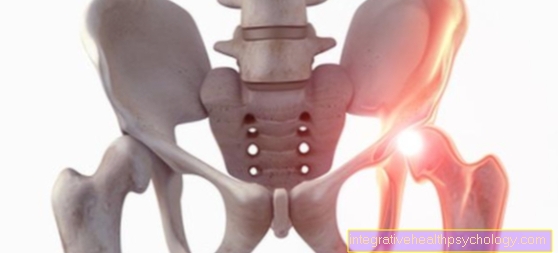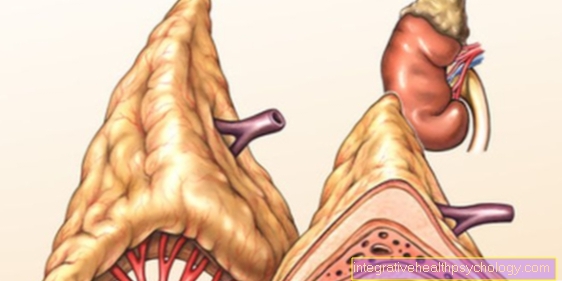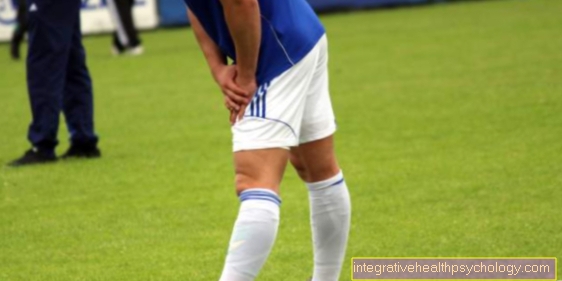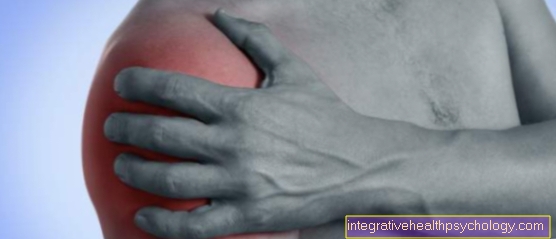Claw toe surgery
introduction
Claw toes are a common foot deformity that is characterized by an overstretched basal joint with the middle and end joints of the toes flexed. In addition to the claw toes, there are often other misalignments that can possibly be corrected at the same time as part of a claw toe operation.
Reasons for a claw toe operation
There are different reasons why a claw toe operation is desired or recommended by the doctor:
-
Cosmetically: Claw toes are perceived as unsightly when wearing open footwear, especially in summer. Often certain shoes can no longer be worn due to the misaligned toe.
-
Orthopedic: The misalignment leads to incorrect loading of the affected foot, which can also lead to pain due to incorrect positioning in the adjacent joints (ankle, knee, hip joint). The increased formation of calluses up to the formation of a corn or open skin lesions due to increased friction on the claw toe can also lead to pain.
Appointment with ?

I would be happy to advise you!
Who am I?
My name is dr. Nicolas Gumpert. I am a specialist in orthopedics and the founder of .
Various television programs and print media report regularly about my work. On HR television you can see me every 6 weeks live on "Hallo Hessen".
But now enough is indicated ;-)
Athletes (joggers, soccer players, etc.) are particularly often affected by diseases of the foot. In some cases, the cause of the foot discomfort cannot be identified at first.
Therefore, the treatment of the foot (e.g. Achilles tendonitis, heel spurs, etc.) requires a lot of experience.
I focus on a wide variety of foot diseases.
The aim of every treatment is treatment without surgery with a complete recovery of performance.
Which therapy achieves the best results in the long term can only be determined after looking at all of the information (Examination, X-ray, ultrasound, MRI, etc.) be assessed.
You can find me in:
- Lumedis - your orthopedic surgeon
Kaiserstrasse 14
60311 Frankfurt am Main
Directly to the online appointment arrangement
Unfortunately, it is currently only possible to make an appointment with private health insurers. I hope for your understanding!
Further information about myself can be found at Dr. Nicolas Gumpert
Time of an operation
In the early stages of the claw toe, attempts can be made to correct claw toes without surgery. For this it is necessary that the misplaced toe is not yet stiffened or is still movable. The aim of this conservative therapy option is to correct the underlying malalignment of the foot (mostly arched-splayfoot) with insoles and special reins or splints.
For further information on non-surgical therapy for claw toes, we recommend our website: Therapy of claw toes
If there are already functional and mobility restrictions of the toe, this conservative approach is often no longer successful. Then surgery is the only way to correct the claw toe.
Contraindications for claw toe surgery
A Claw toe surgery can often be performed under regional anesthesia, so that the Anesthetic risk is relatively low.
However, it is a good one Blood circulation of the toes is essential to allow good healing after the operation. At arterial Circulatory disorders (Intermittent claudication, peripheral arterial disease), therefore, no claw toe operation should be performed.
Even with not yet completed Bone growth in adolescence the claw toe operation should be Not be performed.
Surgical procedure
The most frequently performed surgical techniques at the moment are:
- Flexor tendon redirection
- Resection arthroplasty according to Hohmann
- Joint-preserving displacement osteotomy according to Weil
Surgical correction through flexor tendon redirection
With flexible hammer and claw toes, a good position correction can be achieved by means of a joint-preserving tendon deflection operation. The direction of pull of the tendons is specifically changed in order to correct the position. No metal has to be used for stabilization.
Resection arthroplasty according to Hohmann
In the presence of rigid claw or hammer toe misalignments, the head of the base phalanx is removed and the shortened flexor tendon is stretched by manual correction. In rare cases it may be necessary to loosen the capsule of the metatarsophalangeal joint on the back of the foot.
If the correction is successful, the toe can be stabilized with a so-called plaster rein bandage. If several cells have been operated on or an internal splint is necessary to ensure the correction result, a thin Kirschner wire is inserted along the longitudinal axis of the toe. This wire can then be removed after approx. 14 days.
Joint-preserving displacement osteotomy according to Weil
Claw toes can also be operated successfully with the help of the joint-preserving displacement osteotomy according to Weil. This technique requires the removal of a piece of the metatarsal bone. In order to preserve the joint, a middle piece of bone is removed and the metatarsal head is screwed to the rest of the metatarsal bone. The muscle tendon is then stretched in order to treat the existing claw toe.
Both therapy options usually achieve good results. In Germany, the Hohmann technique is largely used in the surgical treatment of claw toes. Which therapy is suitable in each individual case depends not only on the individual clinical picture but also on personal tendencies and the recommendation of the attending physician. In both operations, exercises should be carried out after the operation, which can significantly improve the healing process. It is important that the recommendations of the attending physician should be observed in order to make the individual prognosis as favorable as possible.
Aftercare
After a few weeks (4-6) weeks, connective tissue forms in the area of the removed joint Scar tissueso that the wire can be removed and the toe will hold in the new position on its own.
A must only be used for the time in which the position is fixed by the wire more special Shoe (so-called Forefoot relief shoe), then normal shoes can be used again.
Sports should only take place after a period of three weeks to be started again after the operation.

